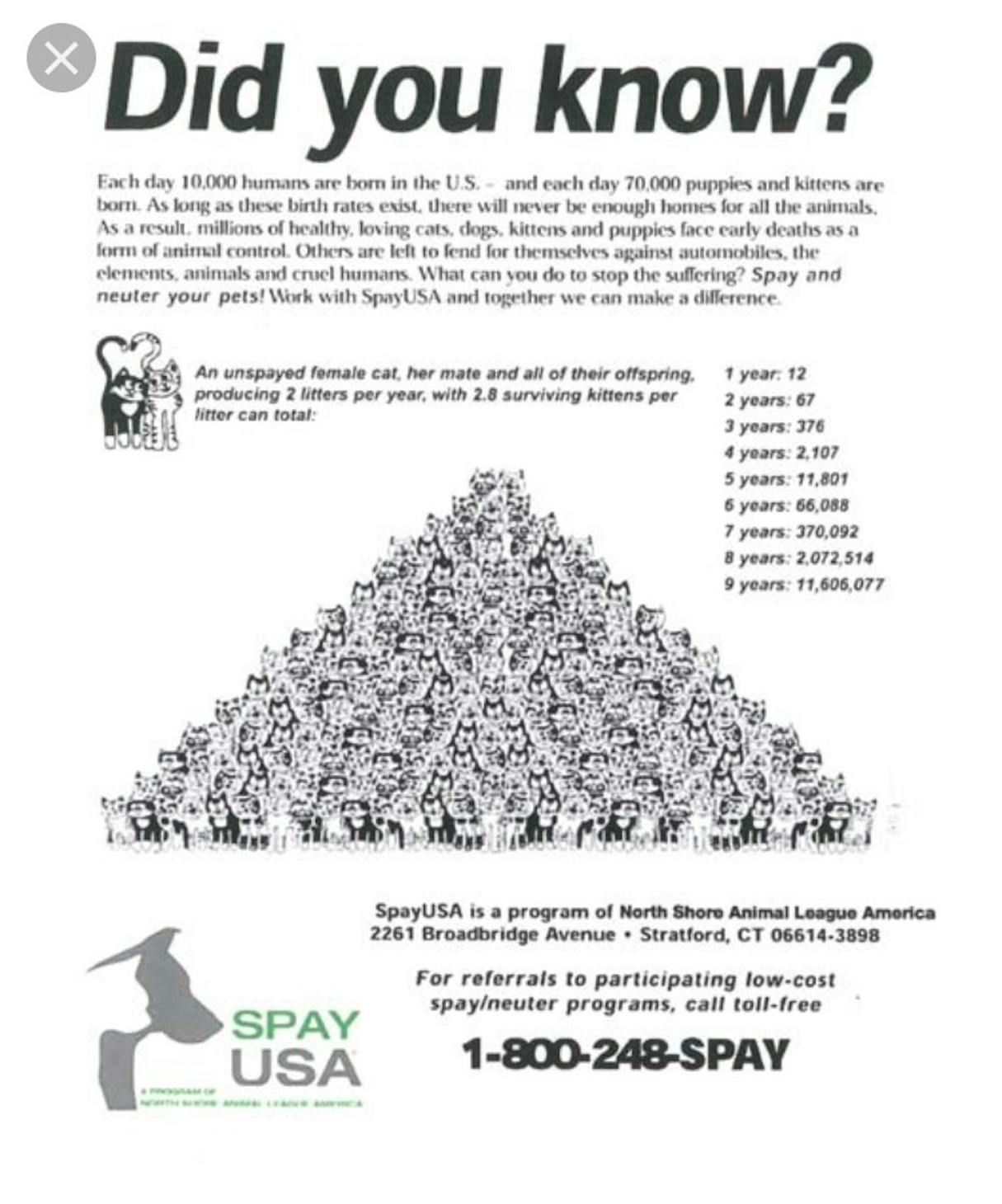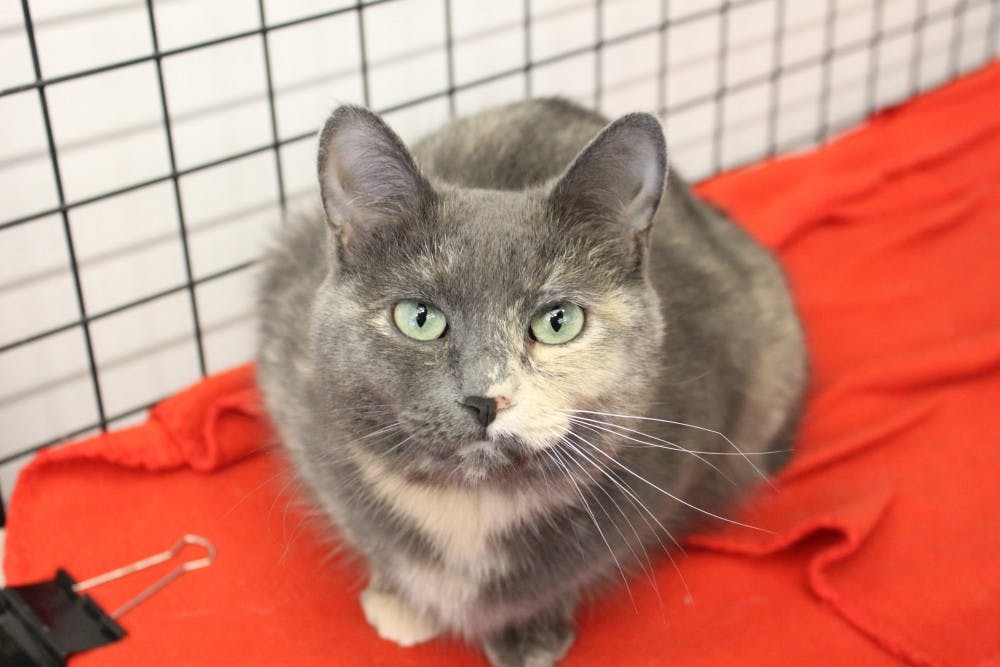Veterinarians manage stray cat population using 'TNR' method
An oversized population of stray cats has grown within Isabella County and the Mount Pleasant township, according to local feline specialists.
While a cat's lineage can stem back decades, humans contribute to the problem by releasing unwanted, unaltered cats into the wild. These cats mate with other strays and produce offsprings that mature to be feral and unsociable.
Local veterinarians point to Mount Pleasant for having the largest stray cat population in mid-Michigan. To combat this, they use the trap, neuter and return method.
Mystie Beckwith, the owner of the Karma Kat Café, has been actively helping reduce the stray population for more than 10 years. She said she receives phone calls almost daily from people who have found one or several stray cats on their property and are unsure what to do.
“A lot of people just abandon the cat outside,” Beckwith said. “I’ve even had people tell me ‘I’m just going to throw him outside in the woods or down at Island Park,’ and it happens.”
A stray population grows with naturally excessive breeding. An unaltered female can breed two to three times a year with an average of around four cats per litter. One litter can easily turn into a colony of hundreds within a few years.
SPAY USA, a referral network for affordable spay and neuter services, showed the long-term effect wild, unaltered cats have and how a small feline family can turn into a colony rapidly. Two stray cats can produce two litters per year, with two to three cats surviving the litter. After one year, this turns into 12 cats, then 67, 376 and 2,107 after four years.

Almost every feline professional in the area promotes a safe and humane way to reduce the population. By using the trap, neuter and return method (TNR), that began as early as the 1950s, cats can be returned to the wild without the ability to expand their colony.
The Humane Society of the United States report nearly 30-40 million community cats live in the U.S., while only two percent are spayed and neutered. TNR programs exist on an international scale for different companion animals.
The Spay-Neuter Animal Project, a small volunteer-based nonprofit organization established in 2010, offers TNR assistance to individuals and local shelters.
"TNR is the only method proven to be humane and effective at controlling feral cat populations,” according to the SNAP website.
SNAP President Brandi Mitchell has been a licensed veterinary technician since 2006, but has been volunteering at local shelters since age 15. Mitchell started SNAP to reduce animal overpopulation by promoting the spaying and neutering of both companion and feral animals.
“We are helping where we can,” Mitchell said. “We do a lot of feral, a lot of shelter type stuff all in hopes of decreasing the burden of reproducing animals.”
Various veterinary clinics and animal shelters can perform surgery for a fee, including the Isabella Cat Clinic located at 1635 E Broomfield St.
“As a veterinarian, I try to make a dent when I can. I feel it’s my responsibility,” said Catherine Lindstrand, Isabella Cat Clinic owner. “As much as I can do, I will do.”
One problem with the TNR method is that it leaves the work to the person. Someone must trap the cat and bring it in without harming it, which is not always an easy task.
The Humane Animal Treatment Society, located on Isabella Road, requests that individuals examine the cat before attempting to trap it. It advises checking for a collar or ear tip, a straight edge on a cat’s left ear, which signifies that the cat could be fully-vetted and is already spayed and neutered.
HATS also noted the importance of knowing certain cat terminology. A stray cat is a cat who has a home but is lost or has wandered away from home. The term ‘stray’ is commonly used to describe a cat that is unowned and not being cared for.

A community cat is a feline in the community that is cared for by an individual or group of people but doesn’t necessarily have an owner. A feral cat is a cat who cannot be handled and is not socialized with humans — essentially, a wild animal. A semi-feral cat is a cat that is fearful of humans but might be able to be handled lightly.
After the cat is trapped it is best to take it to a local animal shelter or humane society for its surgery. Privately-owned veterinary clinics are another option, but also tend to charge for the operation.
Susan Renaud, principal at McGuire Elementary School, has been rescuing and relocating cats for several years with the help of the Isabella Cat Clinic. She was able to find new homes for eight to 10 cats while neutering and releasing 10-15, she said.
“Part of why I initially started caring for the strays was because the problem literally ended up on my doorstep,” Renaud said. “I’ve had more than one occasion where a litter of kittens has ended up on my window.”
Students can help reduce the stray and feral cat population in Mount Pleasant by contacting the sources below for more information:
Karma Kat Café - (989) 773-2399
Isabella Cat Clinic - (989) 779-2700
HATS - (989) 775-0830
S-NAP - Online only






